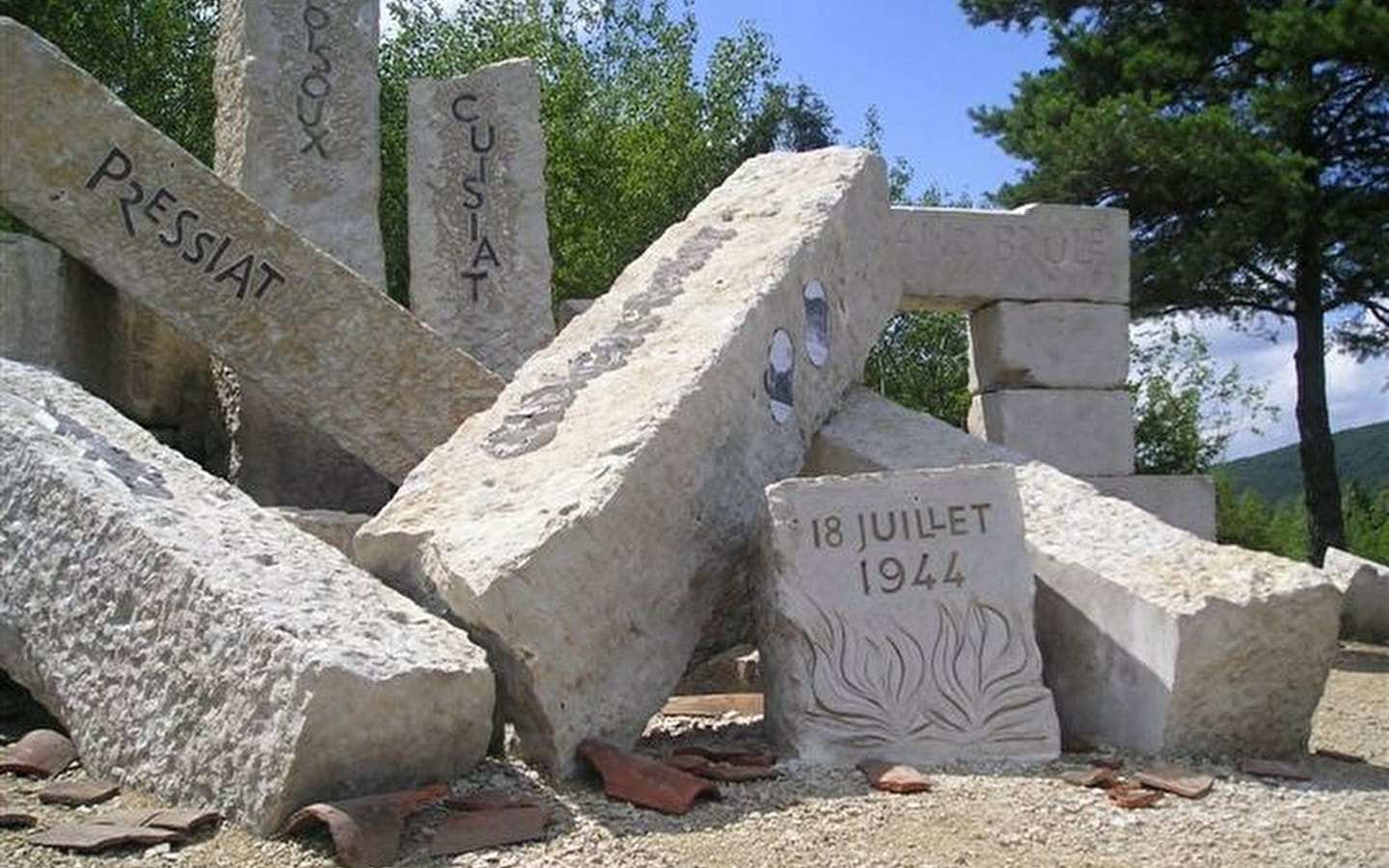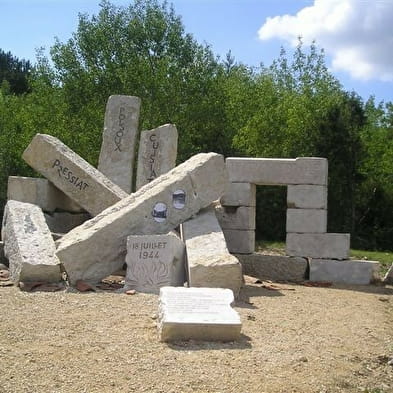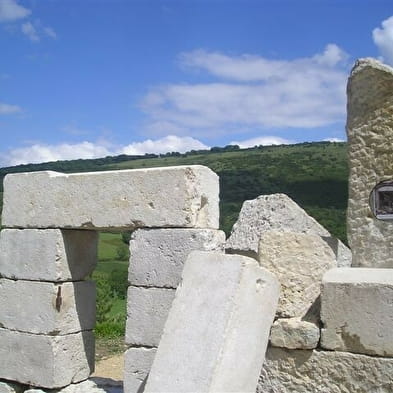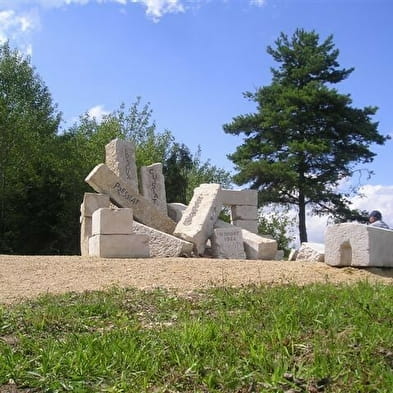
Mémorial du Grand Brûle
In June and July 1944, the Revermont was controlled by the Resistance and was even declared "liberated" by the FFI. The sabotage of rail links increased, particularly on the Bourg/Lons-le-Saunier axis, vital for the Germans in the event of a retreat. The Germans reacted with a reprisal operation that affected the whole department and whose code name was "Treffenfeld".
In the Revermont, on 18 July 1944, a column of Cossack mercenaries, often used for dirty work and supervised by German officers, pillaged the villages of Verjon, Roissiat, Chevignat, Pressiat and Cuisiat. The soldiers, in search of Maquisards, interrogated the villagers with violence.
They took advantage of the cellars and drank heavily. In Cuisiat, the German officer ordered them to turn back and set fire to the villages! The inhabitants are expelled from their houses without being able to take anything with them. The animals, which could not be untied, burned alive in the stables. The soldiers were drunk and fired in all directions, further terrorising the population, who took refuge in the woods.
It is said that the glow of the fire could be seen throughout Bresse; hence the expression "Grand Brûle".
The villages of Poisoux, Valresson and Saint-Rémy were also affected. During this terrible day, 278 buildings were burnt: 45 in Cuisiat, 82 in Pressiat, 67 in Chevignat and Roissiat, 47 in Verjon, 31 in Poisoux, 1 in Saint-Rémy and 5 in Valresson. These events had a profound effect on the inhabitants of these Revermont villages.
A reminder of the history: Roissiat and Chevignat were burnt down in 1637 by the Comtois who were fed up with the French incursions into their territory.
- Pets not allowed
- Picnic area
- Parking
From 01/01/2025 to 31/12/2025










